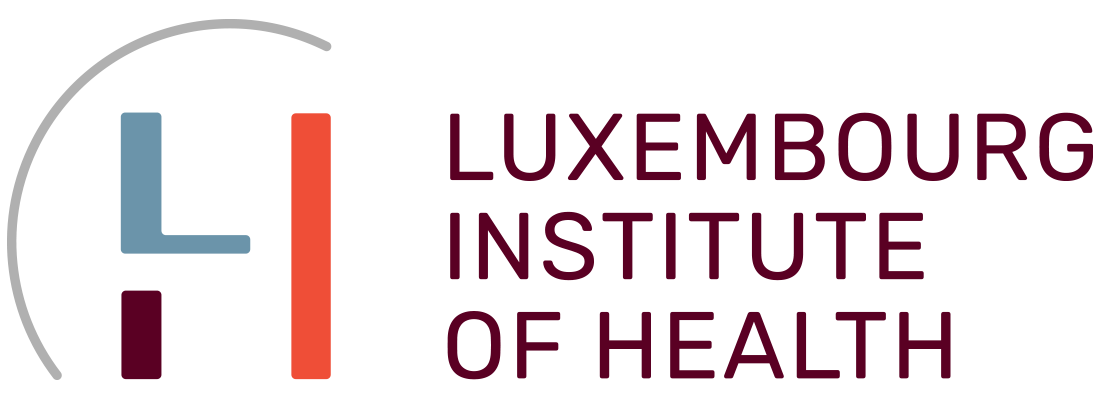Glutamine synthetase activity fuels nucleotide biosynthesis and supports growth of glutamine-restricted glioblastoma.
L-Glutamine (Gln) functions physiologically to balance the carbon and nitrogen requirements of tissues. It has been proposed that in cancer cells undergoing aerobic glycolysis, accelerated anabolism is sustained by Gln-derived carbons, which replenish the tricarboxylic acid (TCA) cycle (anaplerosis). However, it is shown here that in glioblastoma (GBM) cells, almost half of the Gln-derived glutamate (Glu) is secreted and does not enter the TCA cycle, and that inhibiting glutaminolysis does not affect cell proliferation. Moreover, Gln-starved cells are not rescued by TCA cycle replenishment. Instead, the conversion of Glu to Gln by glutamine synthetase (GS; cataplerosis) confers Gln prototrophy, and fuels de novo purine biosynthesis. In both orthotopic GBM models and in patients, (13)C-glucose tracing showed that GS produces Gln from TCA-cycle-derived carbons. Finally, the Gln required for the growth of GBM tumours is contributed only marginally by the circulation, and is mainly either autonomously synthesized by GS-positive glioma cells, or supplied by astrocytes.
